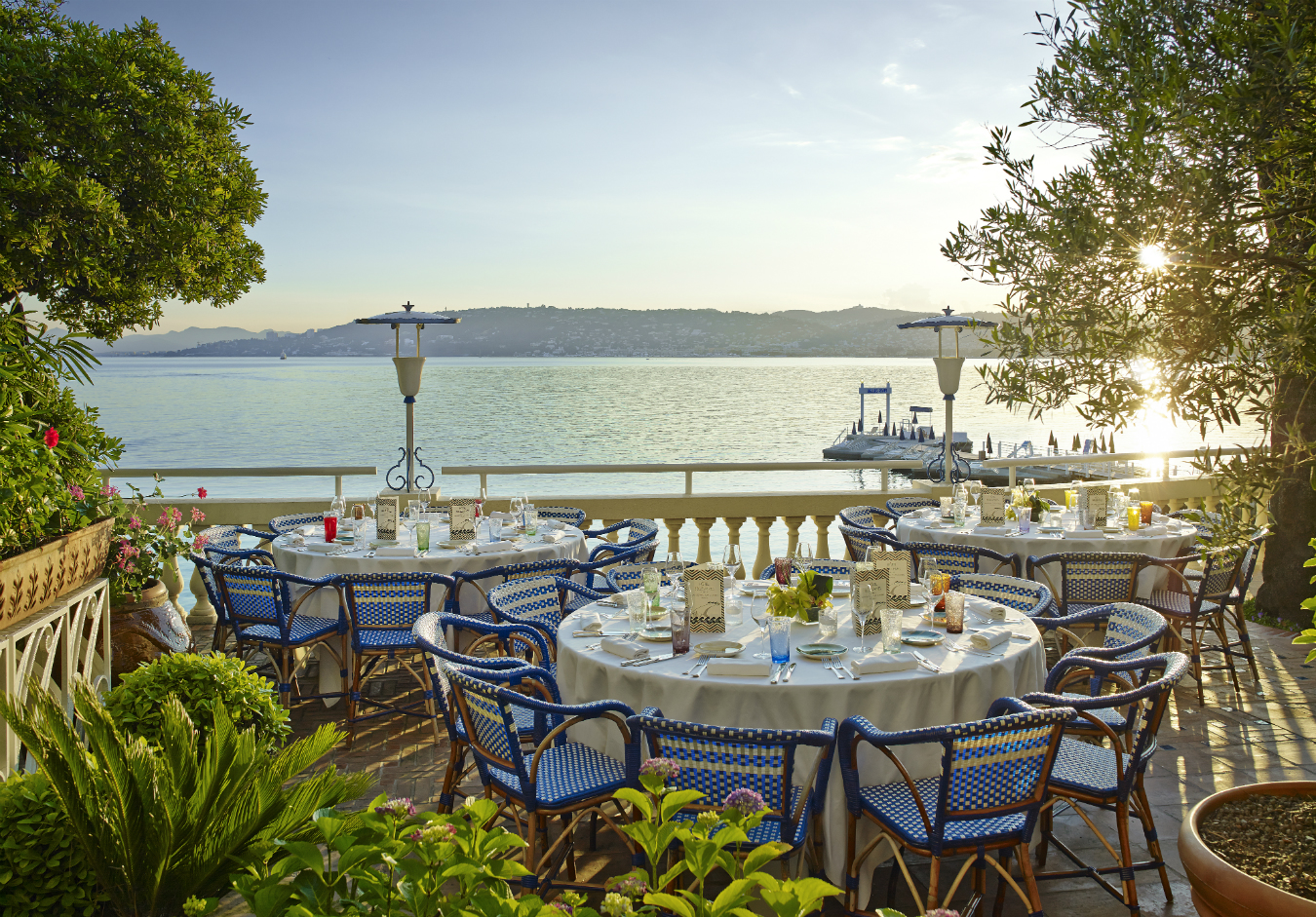Small Luxury Hotels of the World began in 1989. It has since grown into a world-spanning collection of over 500 independently owned hotels (including Vancouver’s Georgian Court Hotel), not always on the beaten path, but invariably providing exhilarating travel experiences. The competition is tough, and with luxury travellers, the expectation is always that their investment, of expense but more importantly of time, had better exceed expectation. Now, with the publication of The Small Luxury Cookbook, we get a great sense of why this hotel collection tends to succeed almost all the time in pleasing guests.
The book is an assemblage of recipes from executive chefs at over 200 hotels, from Antigua, Guatemala, and Hook, England, to Tallinn, Estonia and Koh Samui, Thailand. And almost everywhere in between. Tim Davis, vice-president of brand and marketing at Small Luxury Hotels, says the chefs were not hard to convince to participate. “They embraced it straight away,” he says. “It was actually hard to decide who to include.” With so many Michelin-starred properties in the collection, another challenge was, as Davis explains, keeping things even: “We didn’t want it to be all about our Michelin-starred restaurants. Many of our hotels celebrate local flavours and cook traditional food from the region. We wanted to share both kinds of recipes.”
The result is a cookbook featuring dishes from all these distinct, unique hotels. It is beautiful to look at, relatively easy to use, and a pleasurable learning experience. Some recipes nicely lend themselves to interpretation; one might not find Guernsey scallops here in British Columbia, but those from our local waters will be up to the task.
Chef Yoric Tieche, who cooks at Restaurant La Passagère at the Hôtel Belles Rives in Juan les Pins, France, contributed a John Dory and shellfish dish to the book. “Japan and Morocco have been very important to me,” he says. “I discovered a lot of flavours and cooking procedures. I continue to travel, even in my kitchen, when a new ingredient comes in. I need to know where it comes from, what are the conditions of cultivation and harvesting.” His work at La Passagère has enabled him to experience plenty of other great restaurants. “Recently I discovered the two-star restaurant Aponiente and chef Angel Leon,” he says. “We have some things in common in our tasting menus, I think. But his work on the seafood is spectacular.” This is the kind of thinking and passion found on every page, in every recipe. “A real restaurant menu is like an essay: introduction, body, and conclusion,” says Tieche. This cookbook has enough essays in it to keep you busy in your kitchen at home for years.
Read more Dining stories here.












